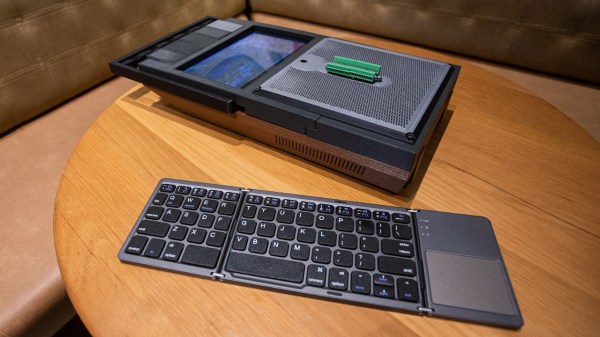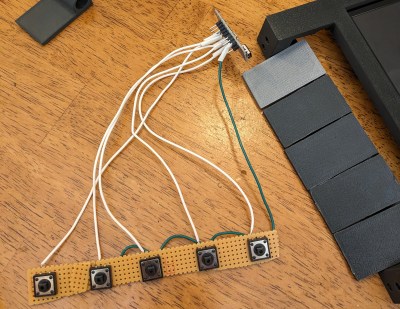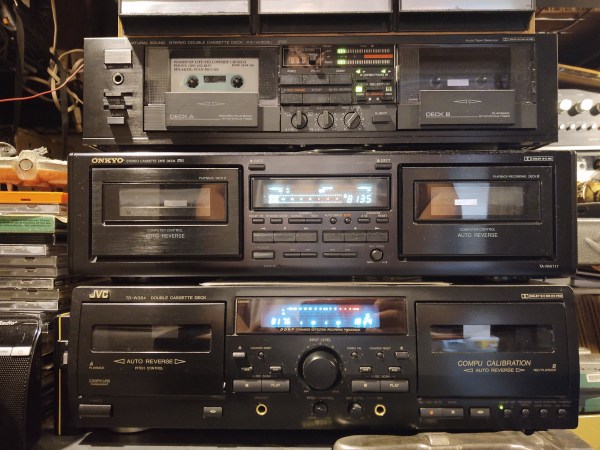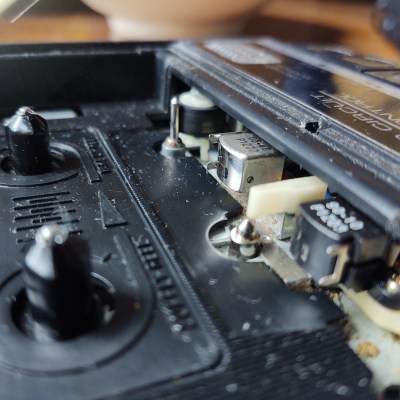For those of us who lived in the capitalist west during the Cold War, there remains a fascination to this day about the Other Side. The propaganda we were fed as kids matched theirs in describing the awful things on the other side of the wall, something that wasn’t borne out when a decade or so later in the 1990s we met people from the former communist side and found them unsurprisingly to be just like us. It’s thus still of interest to have a little peek into Eastern Bloc consumer electronics, something we have the chance of courtesy of [DiodeGoneWild], who’s fixing a 1980s Soviet cassette recorder.
The model in question is a Vesna 309, and it has some audio issues and doesn’t turn the tape. It gets a teardown, the motor is cleaned up inside, and a few capacitor and pot cleanups later it’s working again. But the interest lies as much in the machine itself as it does in the repair, as it’s instructive to compare with a Western machine of the same period.
We’re told it would have been an extremely expensive purchase for a Soviet citizen, and in some ways such as the adjustable level control it’s better-specified than many of our equivalents. It’s based upon up-to-date components for its era, but the surprise comes in how comparatively well engineered it is. A Western cassette deck mechanism would have been a much more sketchy affair than the substantial Soviet one, and its motor would have been a DC part with a simple analogue speed controller rather than the brushless 3-phase unit in the Vesna. Either we’re looking at the cassette deck for senior comrades only, or the propaganda was wrong — at least about their cassette decks. The full video is below, and if you’re hungry for more it’s not the first time we’ve peered into electronics from the eastern side of the Iron Curtain.
Continue reading “A Soviet Cassette Recorder Receiving Some Love”



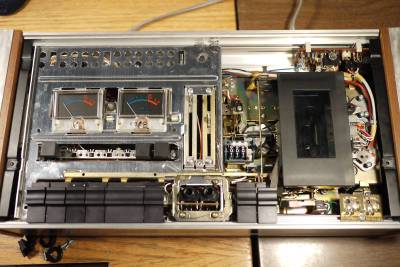 The Tandberg unit is beautifully finished in wood and metal, a style of construction that’s fairly rare these days. It’s got big, chunky controls, and a certain level of heft that is out of vogue in modern electronics. Heavy used to mean good — these days, it means old. That’s not to say it’s indestructible, though. It’s full of lots of old plastic pulleys and fasteners that have aged over the decades, so it’s a little fragile inside.
The Tandberg unit is beautifully finished in wood and metal, a style of construction that’s fairly rare these days. It’s got big, chunky controls, and a certain level of heft that is out of vogue in modern electronics. Heavy used to mean good — these days, it means old. That’s not to say it’s indestructible, though. It’s full of lots of old plastic pulleys and fasteners that have aged over the decades, so it’s a little fragile inside.